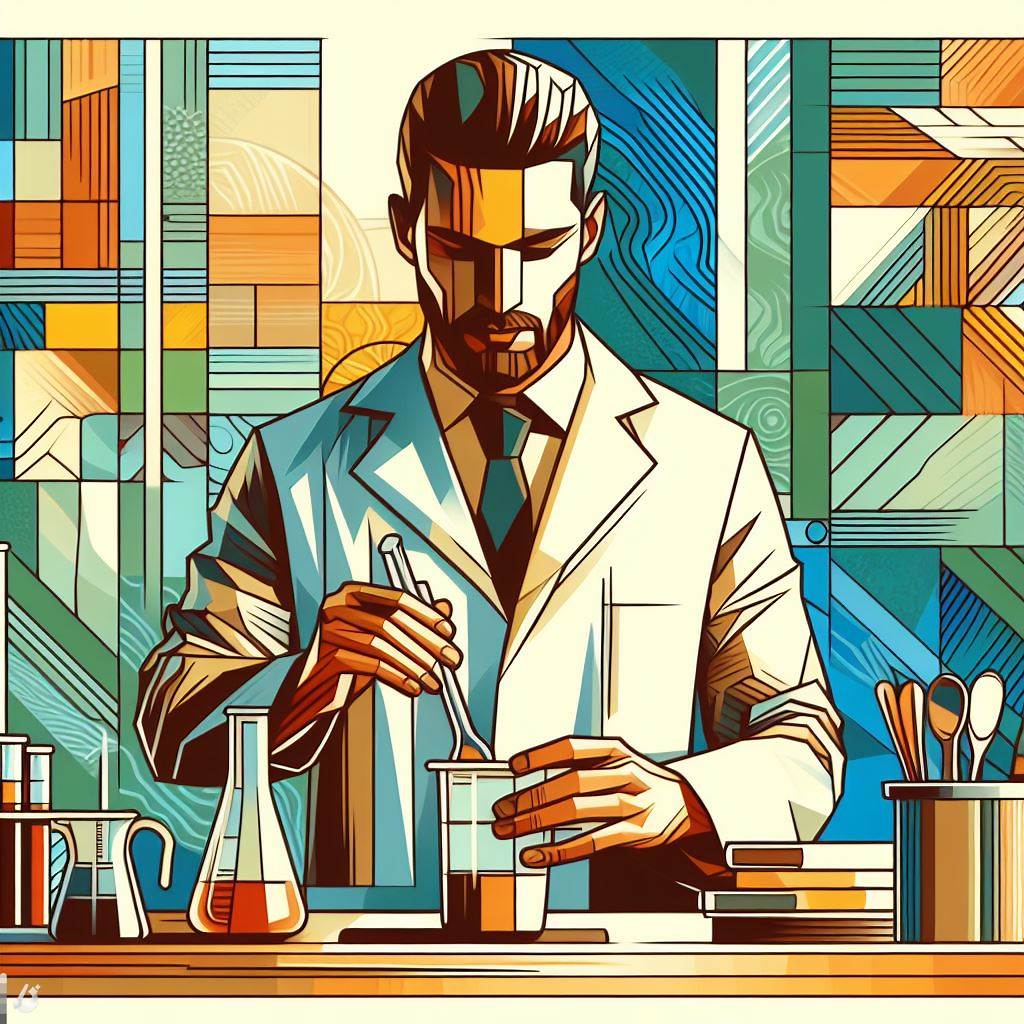Picture a future where juicy steaks are grown in labs, not on ranches. Imagine rows of leafy greens sprouting not in rural fields, but stacked high in city skyscrapers. This isn’t science fiction – it’s the cutting edge of food production, and it’s changing the way we think about feeding the world.
Supercharged Sprouts:
Traditionally, farming has relied on vast stretches of land and plenty of sunshine. But with a growing population and a changing climate, this method faces challenges. That’s where vertical farming steps in. Imagine towering greenhouses, stacked with shelves where fruits, vegetables, and even herbs thrive under carefully controlled conditions. They use artificial light and hydroponics (growing plants in nutrient-rich water) to maximize yield and minimize environmental impact.
Think about it: vertical farms can sprout in the heart of megacities, reducing transportation costs and food waste. They use less water and land than traditional farms, making them ideal for regions facing drought or limited space. Plus, they’re less vulnerable to weather changes and pests, offering a more reliable food source.
Meat Without Moo-ving:
Another game-changer is lab-grown meat, also known as cultivated meat. Scientists take animal cells and nurture them in special environments, mimicking the natural growth process but without raising a single animal. Imagine juicy burgers and tender nuggets, crafted not from muscle, but from cultured cells.
This technology promises several benefits: reduced environmental impact compared to traditional animal agriculture, less reliance on antibiotics and growth hormones, and even the potential to tailor meat to individual dietary needs. However, some challenges remain, like scaling up production to meet global demand and making it cost-competitive with traditional meat.
Beyond the Plate:
These revolutionary innovations go beyond just changing what’s on our plates. They offer solutions to pressing global challenges:
- Food security: With climate change threatening traditional agriculture, vertical farms and lab-grown meat provide more resilient food sources, especially in vulnerable regions.
- Sustainability: These technologies use significantly less water and land than traditional methods, reducing environmental impact and contributing to a more sustainable food system.
- Nutrition: Lab-grown meat could be enriched with essential nutrients, potentially addressing deficiencies in certain populations.
A Future Full of Flavours:
The future of food is not just about technology; it’s about choices. We can choose to embrace innovation to build a more sustainable, secure, and nutritious food system for everyone. While challenges remain, the potential of these cutting-edge solutions is undeniable. So, the next time you bite into a juicy burger or crunch on a crisp salad, remember – the future of food might be stranger than fiction, and it might just be delicious too.
The journey towards this future won’t be without its bumps. Public acceptance, regulations, and ensuring equitable access are all hurdles that need to be addressed. But with continued research, investment, and open minds, the future of food promises to be a smorgasbord of exciting possibilities, grown right in the heart of our cities and labs.
This is just a glimpse into the fascinating world of the future of food. Do some digging, explore the research, and see what excites you about this delicious revolution! We’re all diners at the table, and the future of food is a feast waiting to be savoured.
#curiousminds
